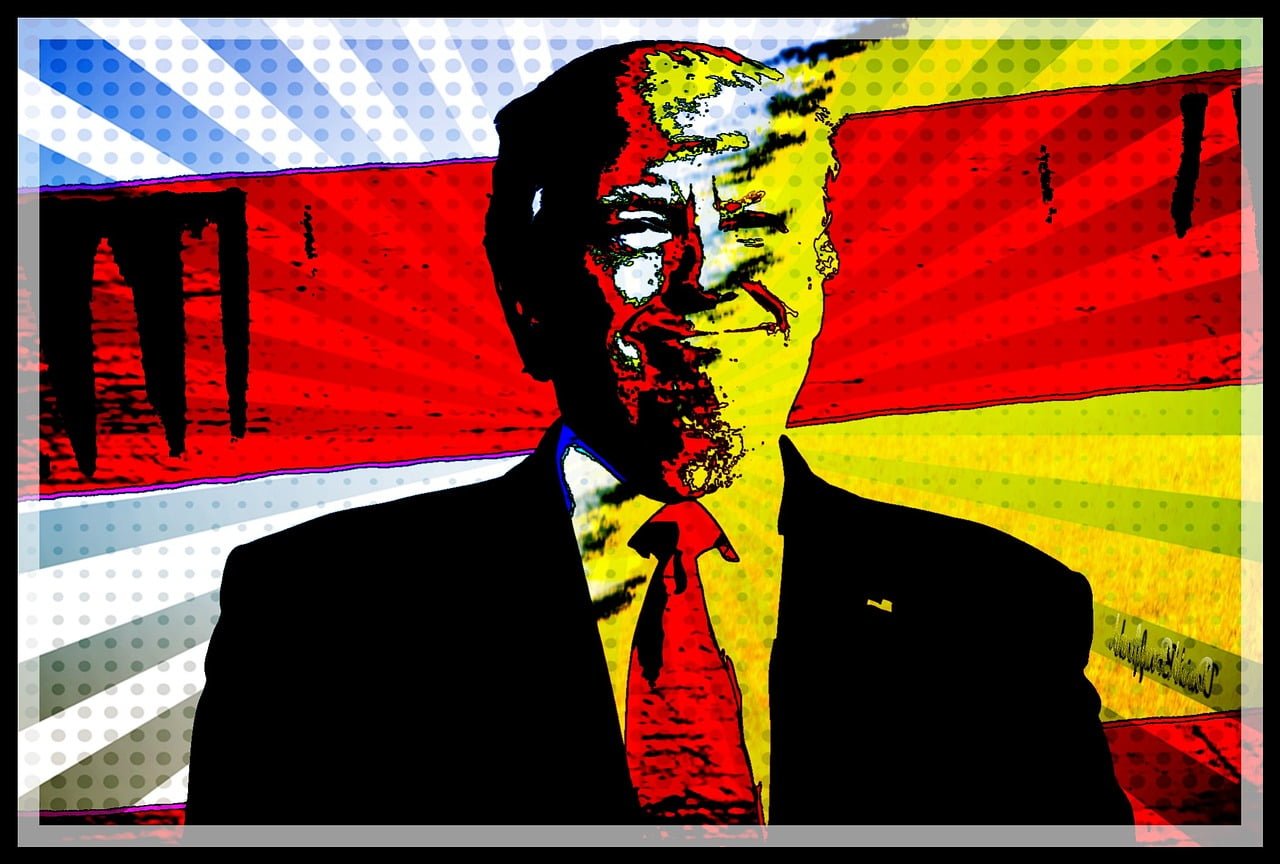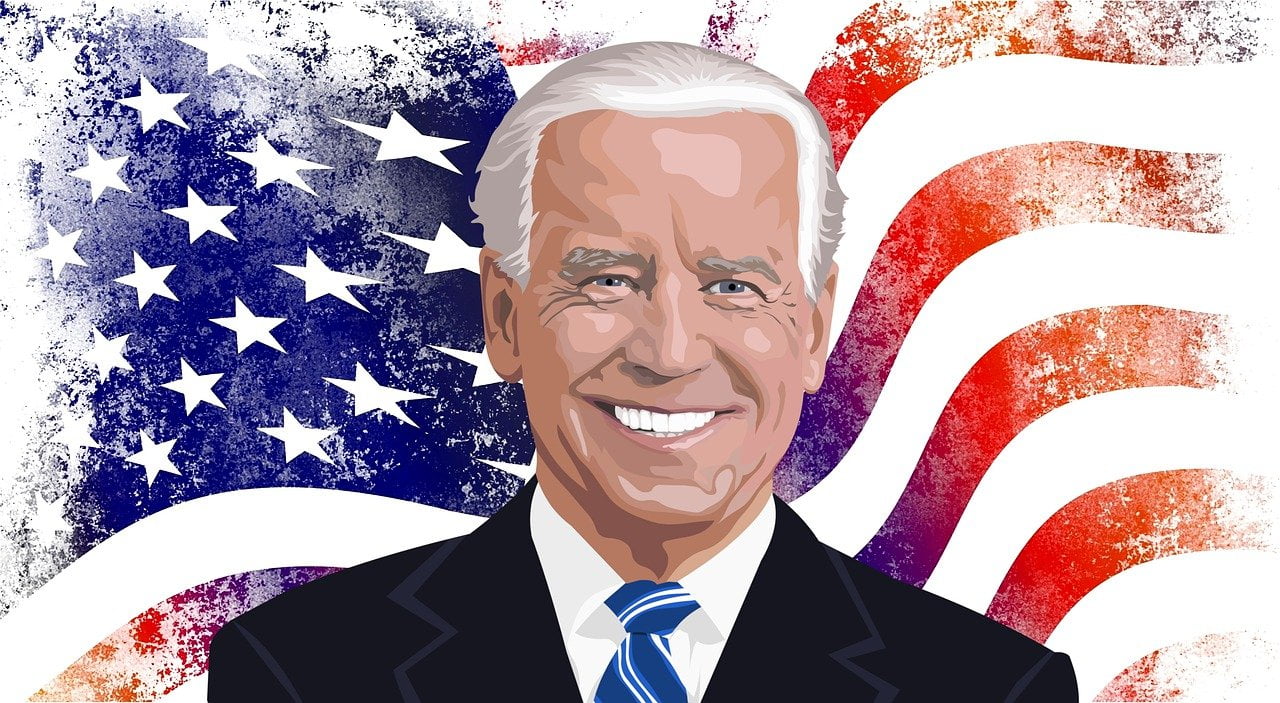ver 17 years ago, Slobodan Milošević, the brutal socialist dictator, was nonviolently overthrown by young people with radical ideas. Optor! was a Serbian student movement that proved ideas have the power to change the world, even against a repressive government like Milošević. Optor! wanted freedom from state oppression, and their methods came from Gene Sharp.
Srđa Popović, one of the lead Optor! organizers wrote, “Sharp realized that dictators succeed because people choose to obey, and while people might choose to obey for many reasons, for the most part, they obey out of fear.” Students that comprised Optor! lost their fear of Milošević by reading the strategies Sharp laid out in The Politics of Nonviolent Action.
Gene Sharp died on January 28th, 2018, but his recent death should bring new life to his writings by those passionate about a free society. Sharp’s work cataloged the many ways citizens throughout history stood up against governments nonviolently, achieving the goal of a free society.
Nonviolence Works
Sharp carefully outlines a cohesive strategy for citizens to withdraw their consent from the government. He also describes a polycentric theory of government power emphasizing the social power of citizens. Nonviolence was at the heart of Sharp’s writing, not because of the morality of nonviolence, but because it was the most efficient way to achieve one's goals.
Sharp’s theory does not rely on having nonviolent governments or governments that respect civil liberties.
In volume two of The Politics of Nonviolent Action, Gene Sharp observes 198 methods of nonviolent action. Sharp ended at 198, to signify that his work was unfinished. These methods are broken into five main categories: Methods of Nonviolent Protests and Persuasion, Methods of Social Noncooperation, Methods of Economic Noncooperation, Methods of Political Noncooperation, and Methods of Nonviolent Intervention. For each method, Sharp tells the story of fearless citizens throughout history who used each technique.
Nonviolent action is a strategy for change. Erica Chenoweth’s data in Why Civil Resistance Works demonstrates that nonviolent action outperforms violent methods over the last hundred years. One method, used in the Civil Rights Movement, is political jujitsu, making state power a liability rather than a strength. Violence used by the state becomes a spectacle that draws increased numbers into the opposition. If state violence is not deployed, the opposition also wins by demonstrating that civil disobedience is permissible.
Political jujitsu creates win-win scenarios for social movements or, more importantly, lose-lose situations for governments. It is important to note that Sharp’s theory does not rely on having nonviolent governments or governments that respect civil liberties. As seen with political jujitsu, government violence is essential to the strategic value of some of Sharp’s methods.
Sharp gives examples of successful nonviolent action from across the world in a multitude of political institutions throughout time. Americans will be familiar with the iconic juxtaposition of peaceful African American students at the Woolworth lunch counter against the angry, violent segregationists.
Instability, Not Violent Revolution
The pillars of support model, articulated by Sharp, states that government power derives from institutions that hold up the power of the state. Counter to the idea of a government hierarchy with leaders commanding from the top of a pyramid, the pillars of support model illustrates an upside down triangle, held up by pillars of consisting of various institutions within society. Practitioners of nonviolent action aim to remove the pillars of support, creating instability for the regime. These pillars include religious institutions, civic organizations, and administrative agencies within the government to name a few.
The instability, unlike violent revolution, keeps civil society’s pillars intact. In many cases, these nonviolent tactics create civil society where none previously existed and increase the depleted social capital within a country.
Sharp demonstrates that obedience is required to uphold any political power.
The final pillar to fall is the violent apparatus of the state. Once police and military refuse to take orders, the regime has lost all hope of retaining power. On October 5th, 2000, Optor! watched the police and military refuse to take orders during the Bulldozer Revolution when several hundred thousand protesters peacefully stormed Slobodan Milošević’s office chanting, “He’s finished.”
How Nonviolent Struggle Works summarizes Gene Sharp’s three-volume thesis, The Politics of Nonviolent Action. Sharp articulates his theory of social power. Social power describes how power is dispersed throughout society and can be applied to achieve the goals of a group within society. This outlook presents a polycentric form of power and demonstrates how groups can solve collective action problems through nonviolent methods.
What are the sources of political power? Sharp outlines authority, human resources, skills and knowledge, intangible factors, material resources, and sanctions as being indispensable sources of political power. Sharp demonstrates that obedience is required to uphold any political power.
Classical Liberals Can Learn A Lot
The question then becomes, why do people obey authority? Habit, fear of sanctions, moral obligation, self-interest, psychological identification with the rulers, indifference, and absence of self-confidence among subjects are key reasons for Sharp. When government agents act against the interest of citizens, Sharp provides methods to disrupt the obedience of citizens. Learning how to withdraw consent is a prerequisite for political change, and Sharp has been called the Machiavelli of nonviolence.
In addition to helping the Serbian student movement Optor!, Sharp’s work on Civilian-Based Defense was put to use in the Balkans against Soviet forces. Civilian-Based Defense is a policy intended to deter and defeat foreign military invasions, occupations, and internal usurpations. This policy relies on noncooperation and defiance but may be combined with other subversive tactics. These nonviolent methods are not used to persuade the opposing force, but make consolidation of foreign rule impossible.
Bryan Caplan wrote in a 1994 Humane Studies Review,
“Classical liberals may learn from — as well as contribute to — the nonviolent literature. Besides its intrinsic interest, it may point the way to answers to several difficult issues within the classical liberal tradition. Despite their distrust of state power and interventionist foreign policy, classical liberals have a difficult time envisioning specific alternatives to violence to combat tyranny.”
The state grows when classical liberals suffer from a lack of imagination. After the recent death of Gene Sharp, classical liberals must make the building of a free society an intellectual deed of courage, as Hayek outlined in Intellectuals and Socialism. Sharp said that fear upheld state power, but lack of imagination may explain why many classical liberals lack solutions to the age-old question of constraining coercive power.






